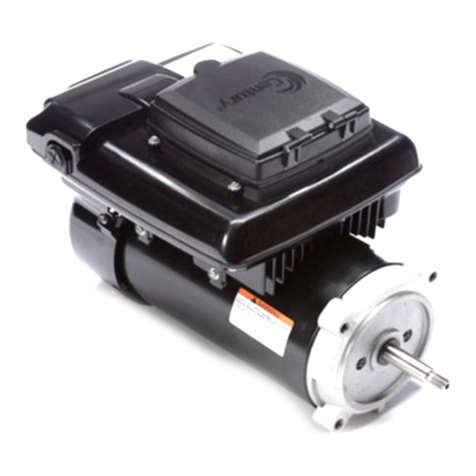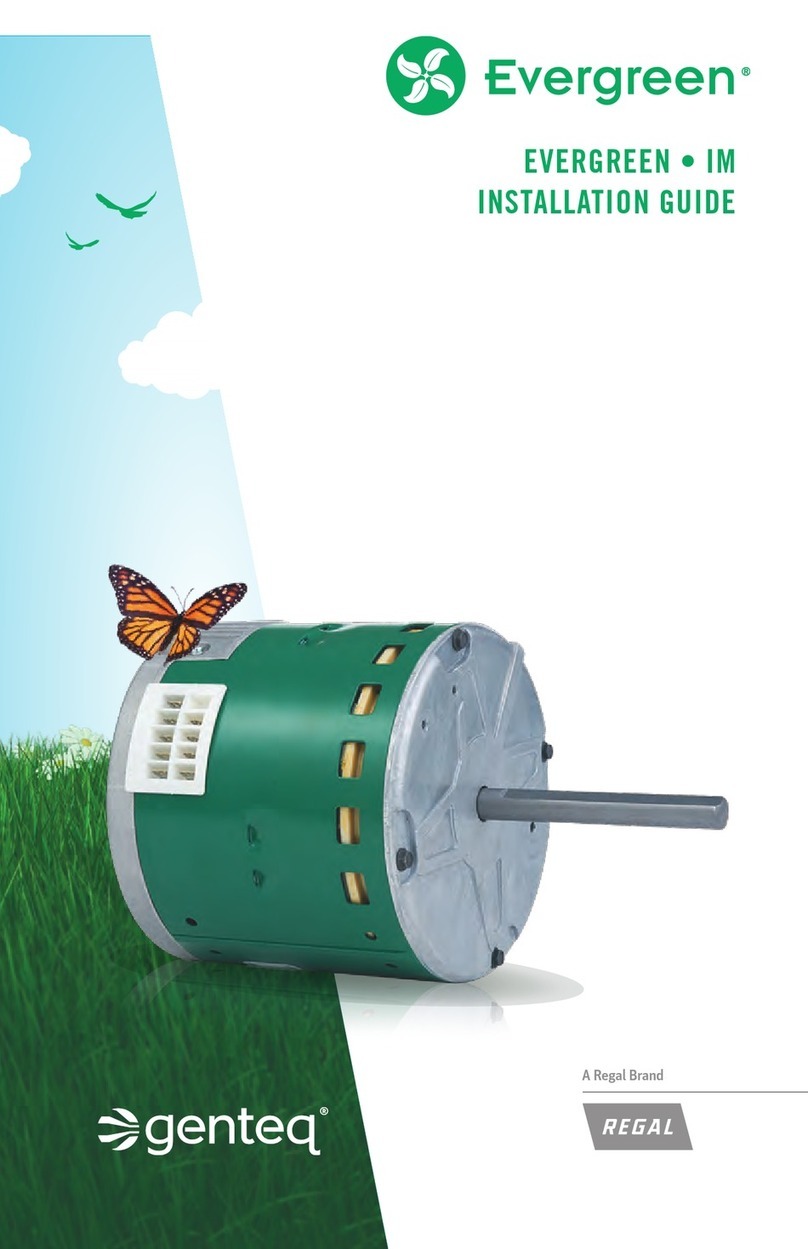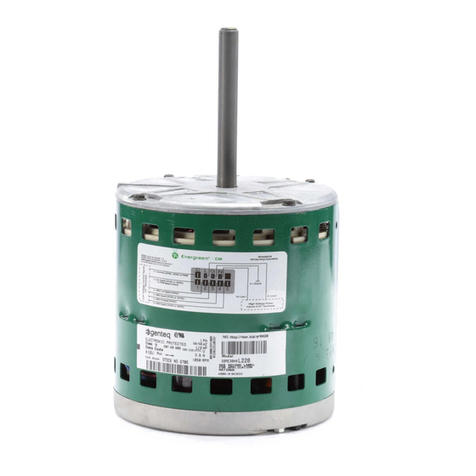
2
HVAC equipment and electrical applications that
utilize capacitors. With this rebranding, the Genteq
®
logo took the place of GE ECM, GE Commercial
Motors and GE Capacitors logos on all branded
products, sales and marketing materials, Web sites,
communications documents, signage and other
related items.
This rebranding reflects the company’s reputation
for innovation and speaks to the future. We want to
assure customers that this rebranding is an exciting,
progressive step. Genteq continues providing
unparalleled service and developing the progressive,
innovative HVACR solutions for which this company
has always been known. Even if you are not familiar
with the name Regal, you are most likely familiar with
one or more of the motor brands they own such as
Marathon
®
, Lincoln, Leeson
®
and Fasco
®
. Regal is
a leading manufacturer of mechanical and electrical
motion control and power generation products
serving markets throughout the world. Regal is
headquartered in Beloit, Wis., and has manufacturing,
sales, and service facilities throughout the United
States, Canada, Mexico, Europe and Asia.
Genteq will continue to create innovative, premium
comfort and electrical components. Our proven
reputation for high quality, highly reliable products and
strong customer relationships make us the preferred
brand throughout the industry.
For more information on our company, Please visit our
Web site at jointhegeneration.com.
For technical information and training on our OEM
products please visit theDealerToolbox.com. For
information and training on Evergreen
®
motors
visit EvergreenDealer.com. And for information on
homeowner benefits and tax rebates please
visit genteqcomfort.com.








































